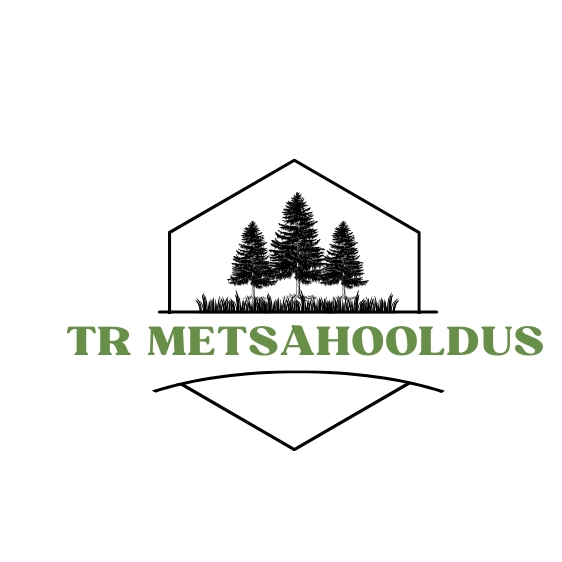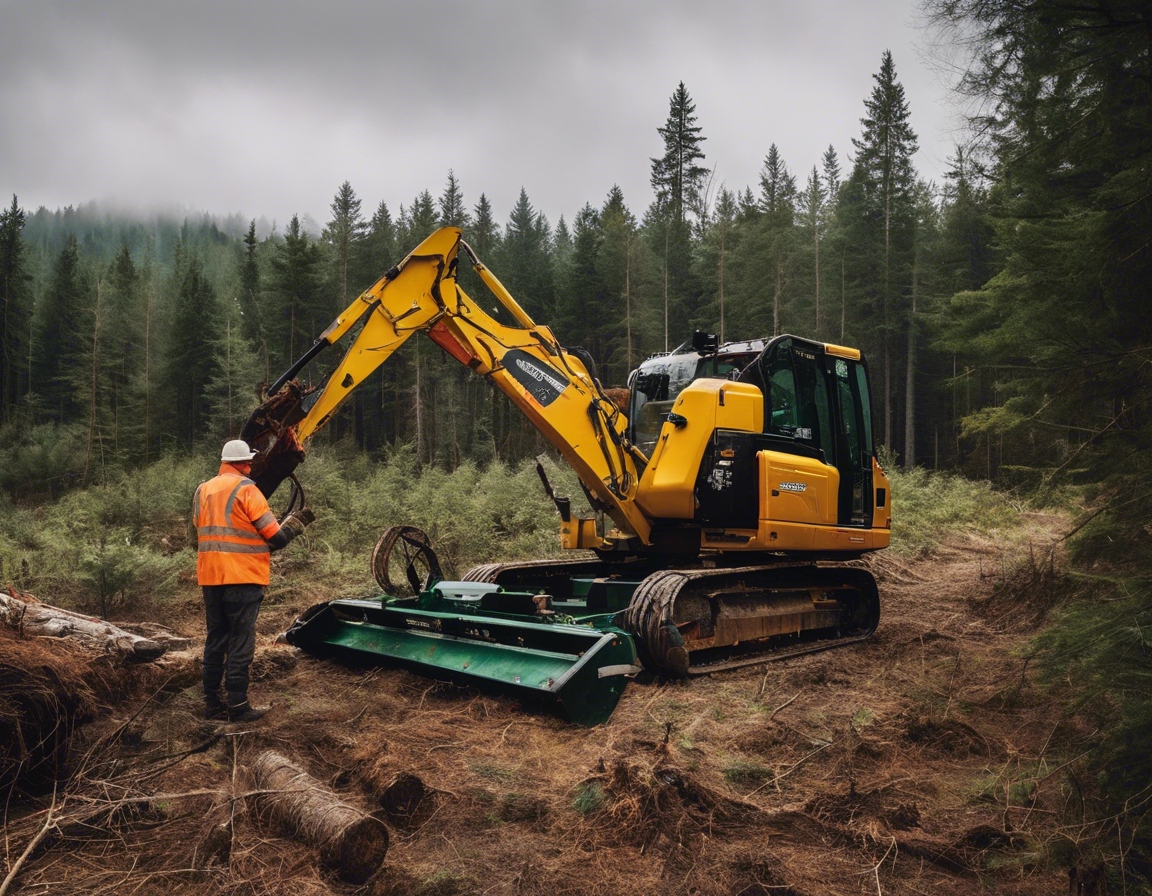The complete guide to planting a healthy forest
Forests are vital to our planet's health, providing oxygen, improving air quality, conserving water, preserving soil, and supporting wildlife. They also offer important social and economic benefits, including recreation, employment, and raw materials. Planting a healthy forest is not just an environmental imperative but a commitment to future generations.
Planting a forest can serve multiple goals: ecological restoration, timber production, wildlife habitat enhancement, or aesthetic and recreational purposes. A clear understanding of these goals is crucial for successful forest establishment and management.
Pre-Planting Considerations
Before planting, a thorough site assessment is essential. This includes evaluating topography, existing vegetation, water sources, and potential challenges such as erosion or competing species. Such an assessment will inform all subsequent decisions.
Selecting appropriate tree species that are native or well-adapted to the area is critical for a sustainable forest. Considerations include growth rate, canopy spread, root structure, and the ecological role of the species.
Local climate and soil conditions greatly influence tree survival and growth. Factors such as temperature range, rainfall patterns, soil pH, and nutrient availability must be taken into account to select the right species and planting strategies.
Planting Strategies
A detailed planting plan should outline the forest's layout, species diversity, spacing, and succession planning. This plan will serve as a roadmap for establishing a resilient and thriving forest ecosystem.
Proper planting techniques are essential for tree establishment. This includes the correct depth and width of planting holes, careful handling of roots, and ensuring adequate water and nutrients for young trees.
After planting, ongoing care is necessary to ensure forest health. This includes mulching, watering, weeding, protecting young trees from wildlife, and possibly supplemental planting to replace losses.
Forest Management and Sustainability
As the forest matures, thinning may be necessary to reduce competition for resources and improve forest structure. Harvesting can also be part of sustainable management, providing economic returns while maintaining forest health.
Monitoring for pests and diseases and implementing control measures when needed is vital for protecting forest health. Integrated pest management strategies can be effective and environmentally sensitive.
Regular monitoring of forest health helps detect and address issues early. This includes assessing tree growth, biodiversity, soil health, and the presence of invasive species.






Comments (0)